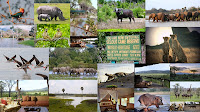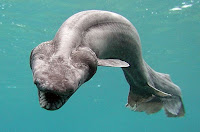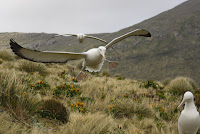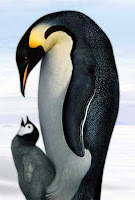United For Wildlife is formed by Prince William to Conserve Wildlife

United For Wildlife Prince William, Duke of Cambridge has formed a new wildlife conservation foundation: United For Wildlife . The foundation will collaborate with seven of the world’s most influential conservation organizations: Conservation International, Fauna & Flora International, International Union for Conservation of Nature, The Nature Conservancy, Wildlife Conservation Society, WWF UK and the Zoological Society of London - in a new partnership to combat illegal wildlife trafficking. “The threats to our natural heritage are extensive, but I believe that this collaboration of the best minds in conservation will provide the impetus for a renewed commitment and action to protect endangered species and habitats for future generations,” said the Prince, who is the president of United for Wildlife. Through his Foundation, His Royal Highness The Duke of Cambridge has brought together an unprecedented collaboration between seven of the world's most influential conservati...

















